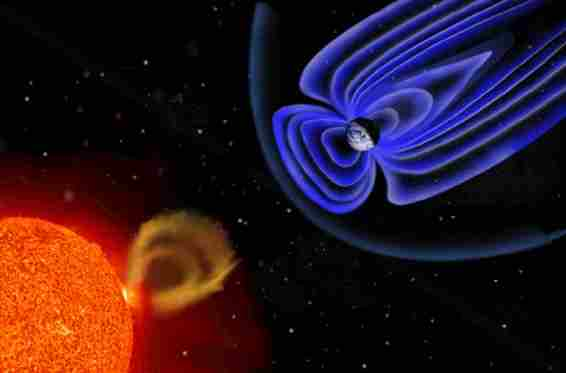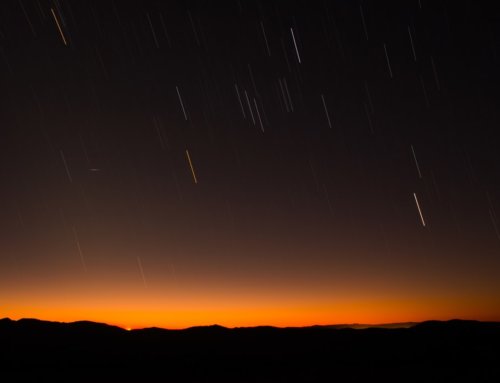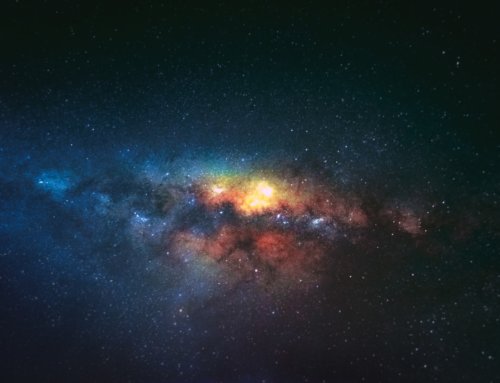Many scientists believe the Universe began with a big bang. However, they have never been sure as to how the radiated and subatomic particles joined together to form the planets and stars seen today. Recently, information obtained from the Stratospheric Observatory for Infrared Astronomy, or SOFIA, provided a glimpse into how galaxies form and evolve.
SOFIA’s Unique Ability
SOFIA’s advanced technology includes the High-resolution Airborne Wideband Camera-Plus, which is also referred to as the HAWC+. The instrument uses far-infrared light beams to illuminate the dust particles that follow the magnetic field. Thus, the HAWC+ provides scientists with the ability to see the direction and shape of magnetic fields.
Cigar Galaxy Insight
Thanks to SOFIA, researchers are able to study the region in much greater detail. The Cigar Galaxy, or M82, is known among astronomers as having the incredible ability to make new stars rather quickly. Compared to our Milky Way, the Cigar Galaxy reproduces 10 times faster. Through the benefit of far-infrared visualization, scientists learned that the secret behind planet and star formation involves a combination of a magnetic field and wind.
What the Data Means
The space between the galaxies is anything but empty. The regions contain dust and gas that is not normally visible to the naked eye. However, through the use of infrared light, the astronomers discovered that M82 exists along a magnetic field. Wind interacts with the field to transport the particles. The field contains large masses of dust and gas. The enormous masses are equivalent in size to 60 million suns. The dust and gas serve as the seeds for new solid formations.
Additionally, the wind continually manipulates the magnetic field. Scientists learned that the wind has the ability to interact with the field at a distance of 2,000 light-years, which is the estimated width of the wind current.
The combined efforts draw the seeds together to form solid masses. Astronomers now theorize that the mechanisms played a major role in developing our universe. The researchers published their findings in the December 2018 issue of “Astrophysical Journal Letters.” Dr. Terry Jones from the University of Minnesota reports that having the ability to study magnetic fields enables researchers to better understand how galaxies formed and evolved over time. In this way, astronomers get a glimpse into the history of the universe.






